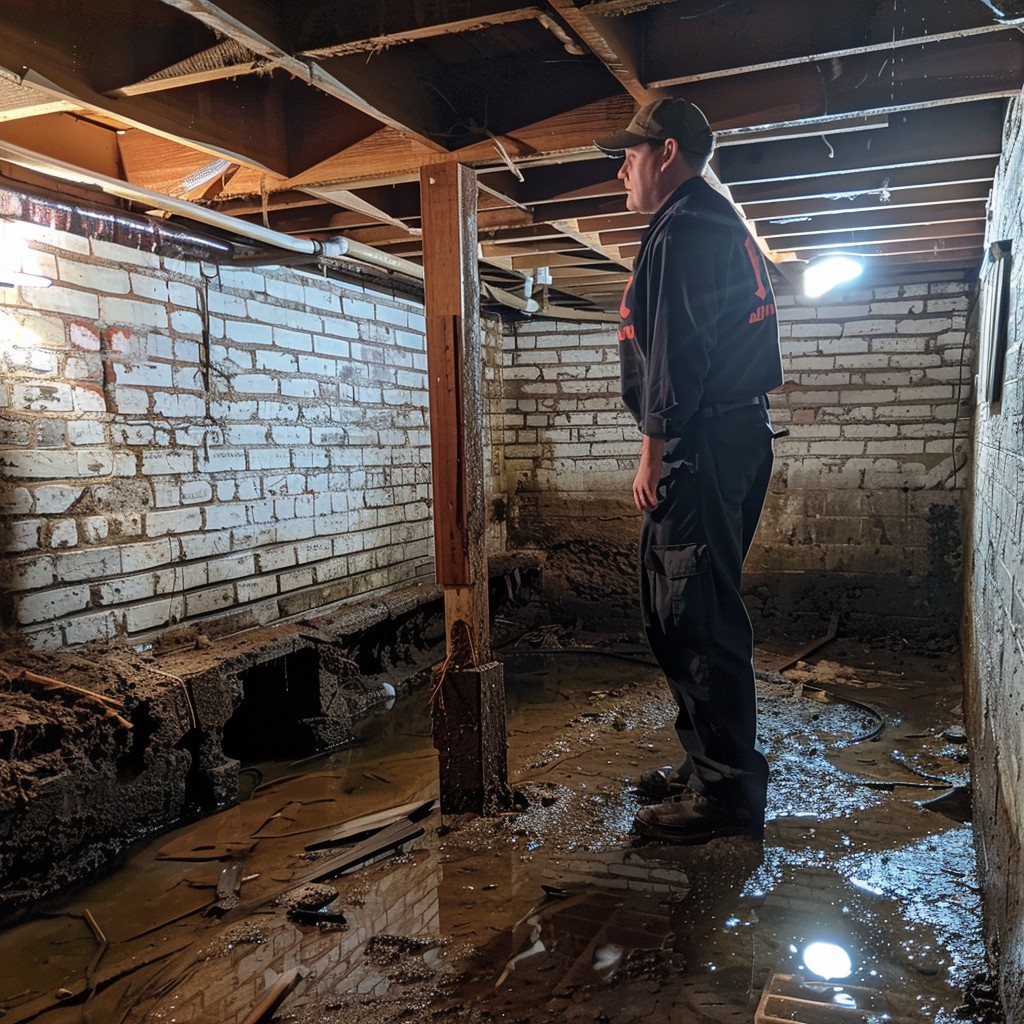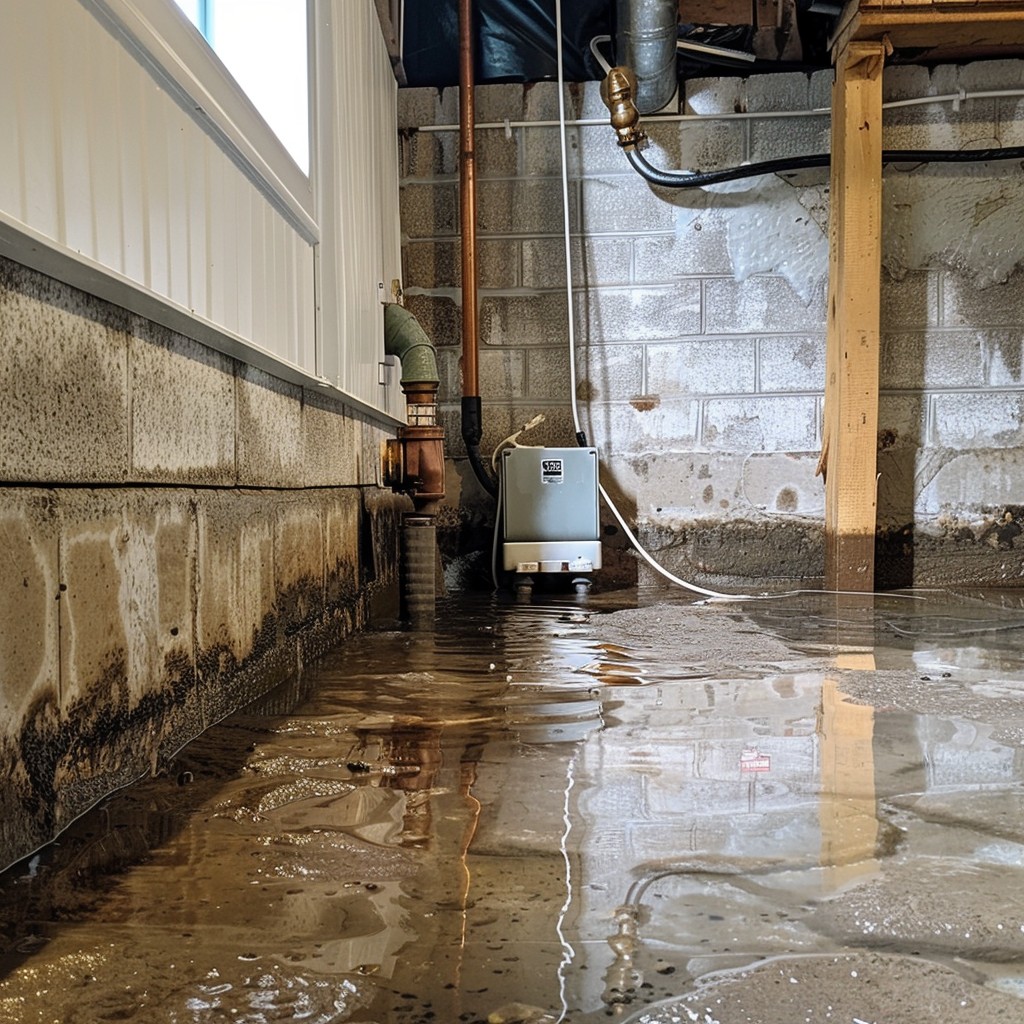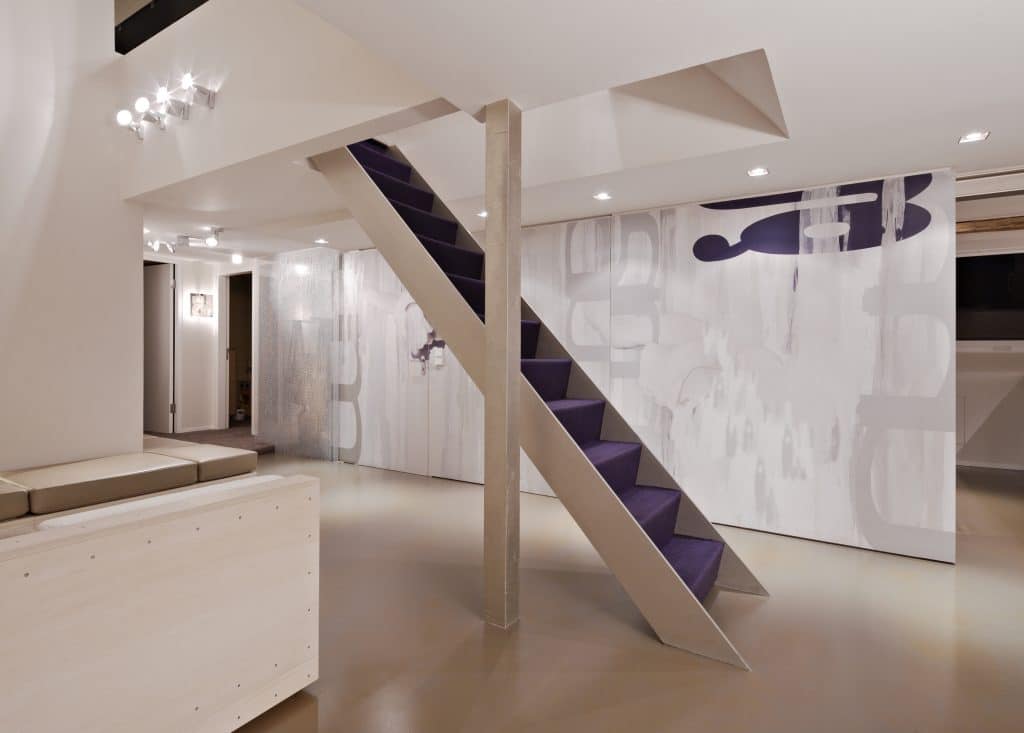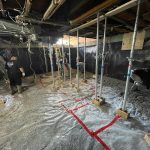Contents
Do you want to rely on the quality of the foundation for many years ahead? Basement waterproofing plays a large role in answering this question. A high level of humidity in the basement is a pulsing headache for a house owner.
It prevents using the bottom of the house as a space for storing things and makes it dangerous to your health because of the air quality. You could avoid costly repairs in the future by ensuring that moisture is not even close to your walls. Provide effective measures as soon as the first signs of a new leak or condensation appear.
How to Choose a Basement Waterproofing Method
A widespread problem of mold growing in the wet basement boosted the demand for quick and easily integrated decisions to prevent this unwanted guest.
Take into account the type of your walls, your location, and the complexity level of the issue. The help can come from modern insulation materials in easy-to-handle cases and the assistance of a professional team if the cause is more serious.

Sealants, coatings, and paints
You or WillFix basement waterproofing and underpinning experts must properly prepare the walls to use sealant. Read the instructions for every product. That’s because the sealant can’t soak in the wall if you painted or coated the surface with another sealant.
There are special waterproof paints that function as a simple paint. If you don’t like its colour or want something new, it can be painted over once it has fully dried!
If you decided to leave the pain on the wall, then you should opt for concrete coatings. You can easily apply them over painted walls.
UPD: In 2025, nano-coatings are becoming popular. These are ultra-thin layers, made up of nanomaterials that bond to the surface and create an invisible water-resistant barrier. What’s the point? They don’t peel, crack or discolour over time. They are also hydrophobic, breathable and eco-friendly.
Epoxy injections, hydraulic cement, polyurethane and self-healing concrete
You should consider epoxy injections to fix leaky cracks. Unfortunately, it’s not that transparent epoxy solution to make DIY clocks from TikTok, it’s just a paste. Keep in mind that low-quality paste also cracks pretty fast. The solution can be a combination of:
- Sealant;
- Paste;
- Or foam (with flexible characteristics).
What is actually hydraulic cement? It is a regular cement with gypsum.
Unlike epoxy injections, hydraulic cement dries fast, but there is also a downside. It dries before it fills the entire crack.
There is one more popular option to fix the cracks: polyurethane. It is a foam with the ability to fill the hole in an instant and to dry really fast. So, this choice will do better with minor issues.
UPD: Have you ever heard about self-healing concrete? It is a real breakthrough in the basement waterproofing. This concrete uses bacteria or microcapsules that release healing agents when cracks form, effectively sealing them and preventing water penetration. In short, cracks will no longer be a problem for you.

Exterior Basement Waterproofing
Basement waterproofing works always begins outside. During exterior waterproofing, we coat the surface of the walls with polymers and membranes. This variant may also include a few steps like cleaning the exterior from debris and dirt, plugging the cracks and holes using hydraulic cement, and coating with membrane.
This work needs some calculations: consider labour and heavy equipment costs before starting any planning, as exterior works presume excavating around the walls to the level of the basement floor.
If coatings isn’t for you, another option is to place plastic panels outside your foundation. They don’t stop water from running into the wall (and can cause even more moisture issues if installed incorrectly), though they are useful as additional protection only if coupled with proper interior drainage system.
The Basement Waterproofing Drainage System
Basement drainage is the best solution to prevent the problem. It captures groundwater before sealants, coatings, or epoxy injections detain it.
The membranes stop water, but water doesn’t vanish and accumulates against the foundation.
That’s why the above-mentioned methods are well-known as band-aid fixes. Of course, in the worst-case scenario, when the water has made its way inside or tiny drops are covering the walls, a homeowner should use quick and simple methods to stop the trouble.
Interior waterproofing is a more preferable option as an owner doesn’t have to spend savings on expensive excavations.
Moreover, the underground works are rather disruptive, and outside drainage is prone to clogging. Making an interior drainage, a trench is dug around the basement. The drainage channel captures water and moves it to the sump pump.
Interior Foundation Waterproofing
Excess water in the soil ruins the materials. It seeps inside not only through the walls, but the building’s floor as well. Here’s where liquid-based materials come in handy. You can spray them on the concrete or apply them with a brush.
Who doesn’t love quick and easy ways? There is also a membrane-type material, which is a more expensive choice, but it doesn’t need to dry.
The most expensive, yet the most profitable way to protect your basement is basement underpinning in Toronto. It not only eliminates moisture, but turns dark smelly crawl space into a room! You can later convert it in a home cinema, gaming room or GYM. Learn more by contacting WillFix!

Conclusion
It’s never too late to think about stopping water from infiltrating the walls or floors of the basement. Otherwise, without the right control, a consistently wet basement can result in spending bundles of time and money to fix the problem.
Think of the best ways to divert excess atmospheric and groundwater pressure, depending on the gravity of the cause. One of the easiest and quickest solutions is to hire WillFix basement waterproofing contractors. We don’t let a single drop come into your basement!
Basement Waterproofing FAQ
-
Why waterproof the basement?
Even small leaks cause invisible harm and destroy the safety of your dry basement, not to mention abrupt flooding with unpredictable consequences, such as structural damage.
-
How do I choose the materials for the waterproofing coating?
Basically, it depends on your budget and time. Some materials will make a homeowner wait longer until the process proceeds.
-
Do I really need to install a drainage system?
Your decision is completely yours, but the right choice can save money and time in the long run.
-
Should I wait for the dry weather to start waterproofing?
Yes, it is a better idea than to ruin materials when it’s raining or the temperature is too low, which prevents quick drying. Moreover, the excavation work may become hazardous during heavy rain.

